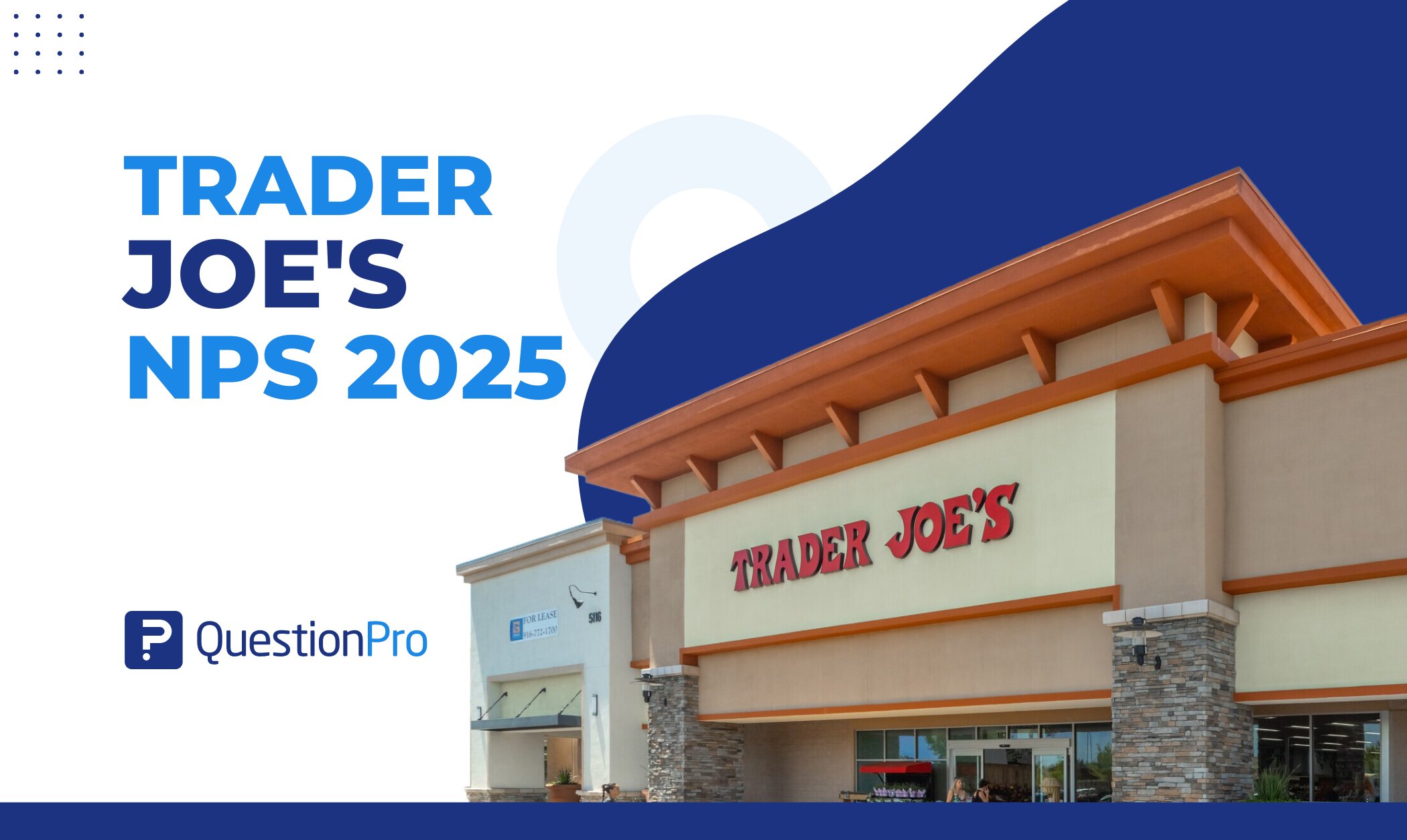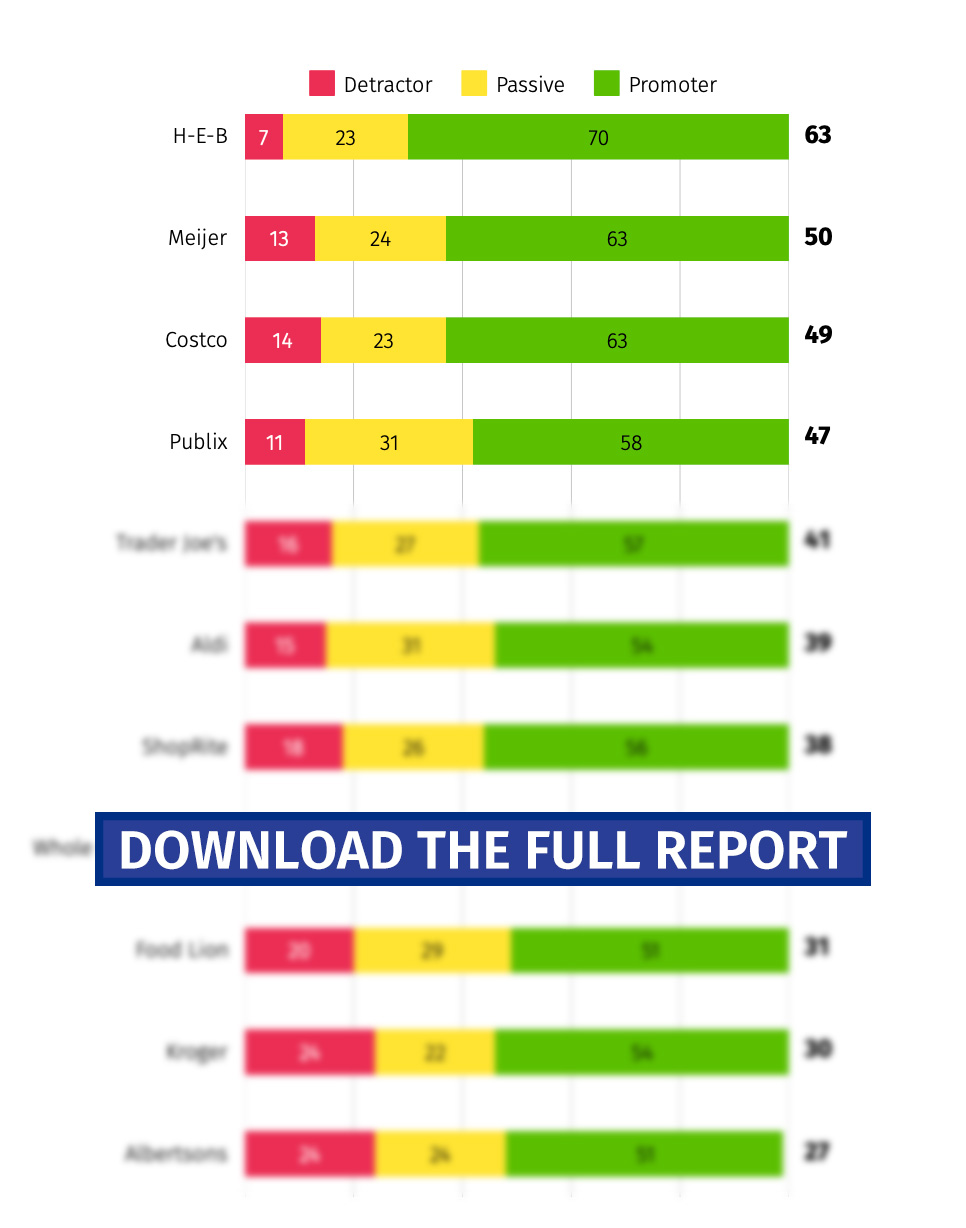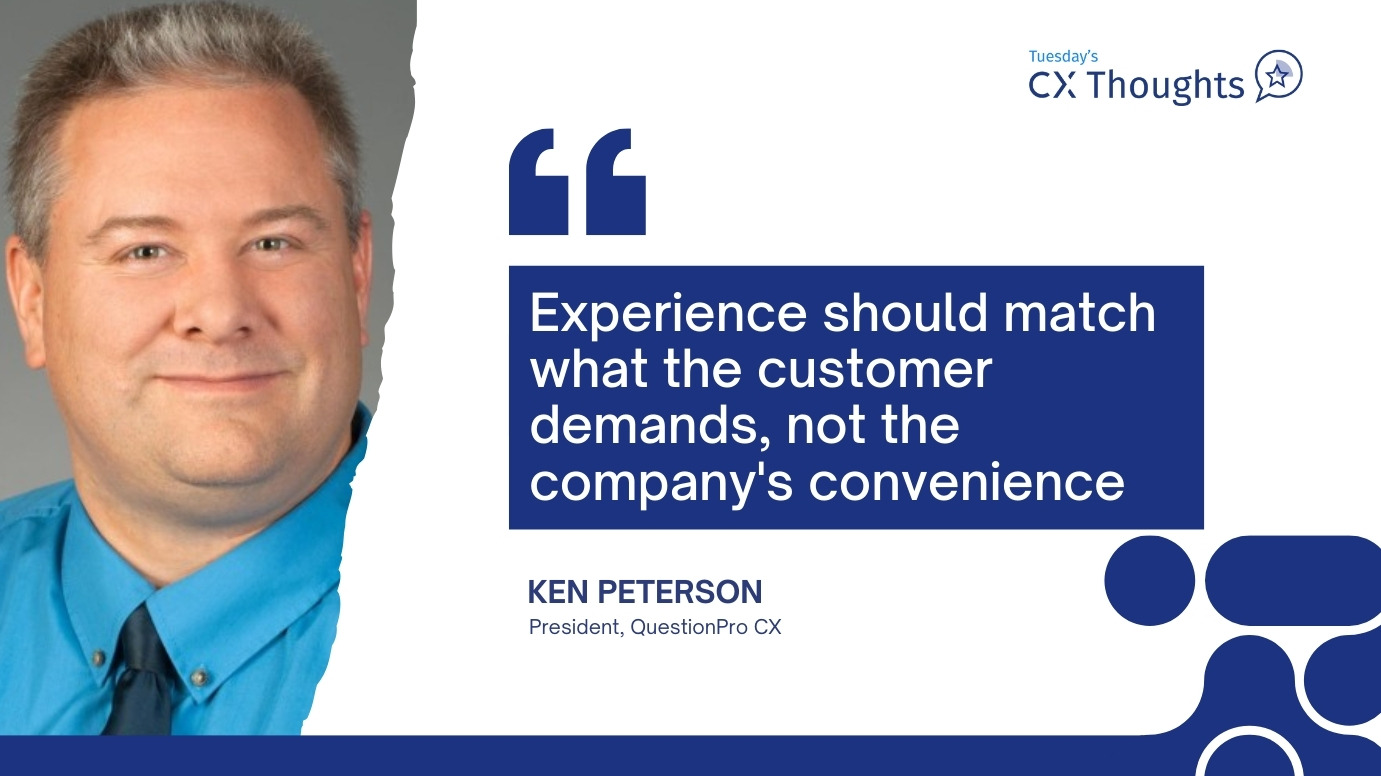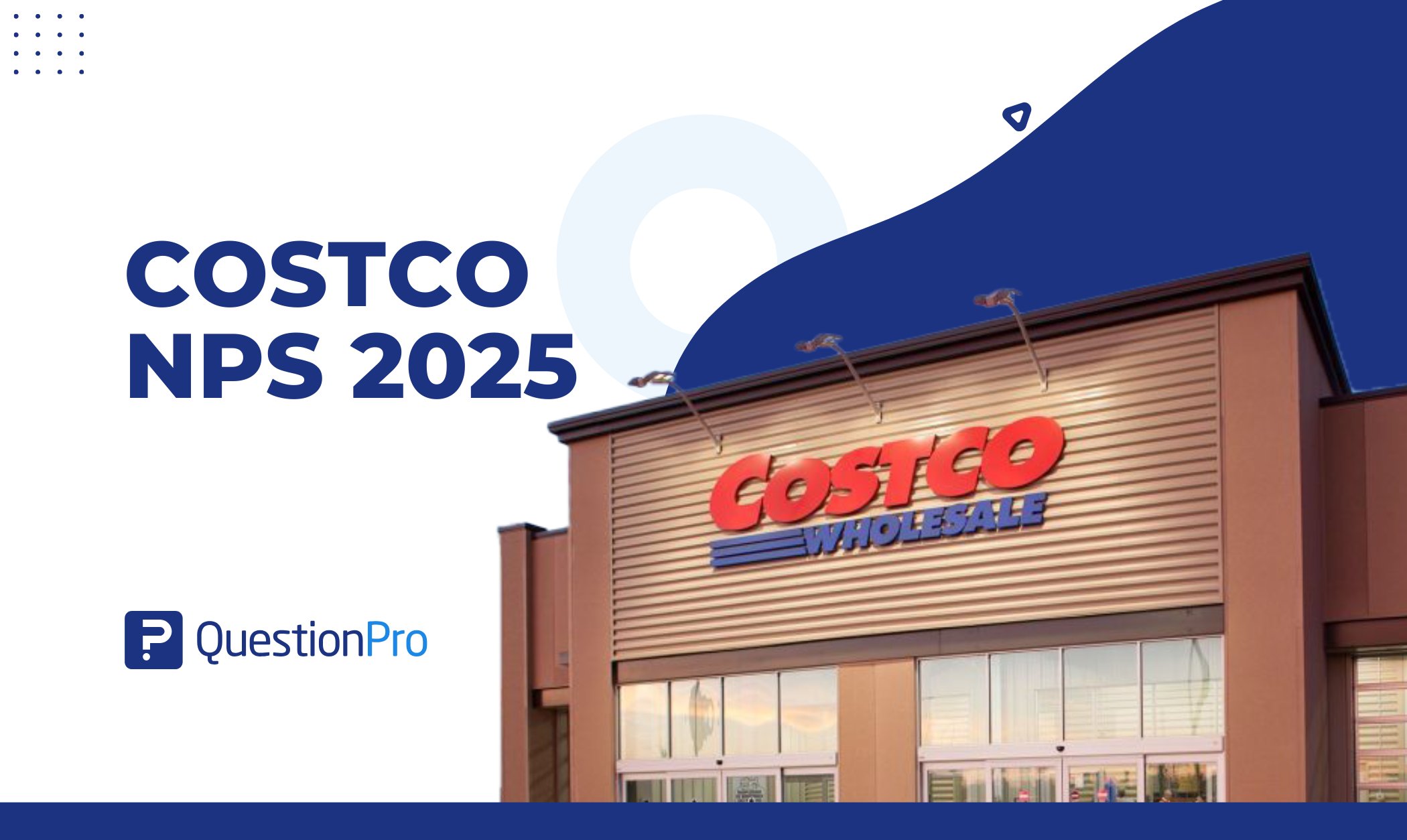
Imagine your friend calling you and asking for a suggestion about a grocery shop, and you can remember that you’ve just had a great shopping trip at a grocery shop with friendly staff, unique products, and prices.
Now you leave thinking, “I should tell my friends about this place.” That feeling is what the Net Promoter Score (NPS) captures and how likely customers are to recommend a brand to others.
In this post, we’ll explore what NPS is, why it matters, and how brands like Trader Joe’s use it to build lasting customer relationships.
What is NPS?
Net Promoter Score (NPS) is one of the most common ways to measure customer loyalty and satisfaction. It’s used by companies in various industries—like the grocery industry—to get a quick sense of how people feel about their experience.
This methodology is based on a simple question:
“On a scale of 0–10, how likely are you to recommend our company to a friend or colleague?”
Based on their answers, customers are grouped into three categories:
- Promoters (9–10): These loyal customers will recommend you to others.
- Passives (7–8): These customers are satisfied but uninterested in recommending you.
- Detractors (0–6): These unhappy customers might spread negative feedback.
Once you have classified your respondents into the three categories above, it is time to calculate your NPS using a simple formula:
NPS = % of Promoters – % of Detractors
That’s it! If you followed the steps correctly, you’ll get a percentage that reflects your customers’ satisfaction. A high NPS indicates that the customers are happy and loyal, while a low NPS indicates there may be issues to address.
How do I know if I have a good NPS? Well… the answer is simple: you need a benchmark in your industry to compare yourself. You can usually consider the average score for your entire industry or compare yourself to a direct competitor or a benchmark within your industry. Below, we’ll explore this a little more, using Trader Joe’s NPS as an example.
Trader Joe’s NPS Performance
According to QuestionPro’s Q1 2025 Benchmarking NPS and CSAT Report, the average NPS for the grocery industry is 37. Trader Joe’s beats this with an impressive NPS of 41.

Here’s a breakdown of Trader Joe’s NPS:
- Promoters: 57%
- Passives: 27%
- Detractors: 16%
Trader Joe’s NPS score shows a strong customer base, with a high percentage of loyal advocates (Promoters) and a relatively low percentage of detractors.
This report indicates that Trader Joe’s is doing well in creating customer satisfaction and fostering loyalty.
How Does Trader Joe’s Compare to Grocery Industry Benchmarks?
While many grocery stores find it challenging to reach an impressive NPS score, Trader Joe’s stands out for its loyal customers.
This strong score speaks to what makes Trader Joe’s special:
- Great products
- Friendly service
- A community of shoppers who love the store’s warm vibe and unique selections.
Trader Joe’s NPS shows how well the company connects with customers, consistently delivering an experience that keeps people coming back, even in a crowded market.

All these insights come from QuestionPro’s latest study, which surveyed 1,000 participants to measure the NPS of various companies and industries. This report reflects honest user opinions from Q1 2025 and is updated quarterly.
So we invite you to download it, it will surely be very useful for understanding how well your company is doing.
Trader Joe’s Customer Testimonials
Customer reviews help explain why Trader Joe’s earns such a high NPS:
“I love Trader Joe’s. They have great products at reasonable prices. I have a list of items from Trader Joe’s that I use daily. We go there about once a month. I wish they had a location more convenient to our home, then I might go there weekly. I hope they continue maintaining the same quality in all their products because I’ll always be a loyal customer!”
“I really like the products and private label offerings. It’s nice to know my $ are going to food quality vs. Facebook ads. The service is great.”
“Great quality food at reasonable prices. I am new to Trader Joe’s but blown away by the quality of the produce and products there. After decades of shopping at Safeway, I was shocked to find bananas for 23c/lb at Trader Joe’s when the same brand of banana sells for 99c/lb at Safeway — that is four times the price! Most of my reviews are critical ones, so I am particularly happy to post this review in praise of Trader Joe’s, my new supermarket.”
(Reviews sourced from verified users on Trustpilot.)
These testimonials show why Trader Joe’s earns such effective customer loyalty—exceptional product quality, personalized service, dependable reliability, and a frictionless shopping experience.
What’s Driving Trader Joe’s High NPS?
Trader Joe’s impressive NPS reflects a combination of factors that keep customers loyal and satisfied. From product quality to customer service, here’s what drives Trader Joe’s high NPS:
- Exceptional Product Quality and Unique Offerings
Customers rave about Trader Joe’s high-quality products and unique selection, including exclusive private-label items. The ability to discover new and exciting products keeps shoppers coming back for more.
- Outstanding Customer Service
Trader Joe’s is known for its friendly and helpful staff. Shoppers appreciate the positive atmosphere and personalized attention, which makes their visits more enjoyable and encourages loyalty.
- Value for Money
Trader Joe’s provides excellent value for money, especially on fresh produce and organic products. Customers feel they’re getting quality at competitive prices, strengthening their loyalty.
- Community and Connection
Many customers feel strongly connected to Trader Joe’s because of its local, community-focused approach. Shoppers often mention the friendly, familiar faces they encounter at their local stores, making them feel valued.
How to Measure and Improve Your NPS?
Want to measure and boost your NPS easily? With QuestionPro, tracking customer loyalty and improving their experience is simple. Here’s how:
- Create an NPS Survey: Use QuestionPro’s ready-made NPS survey template with a 0–10 scale question. Add an AskWhy question to understand the reasons behind each score.

- Distribute the Survey: Share your survey via SMS, email, QR codes, or direct links. You can even target specific audiences using QuestionPro Audience.
- Analyze Results in Real-Time: Watch as your NPS score is automatically calculated, and see how customers fall into promoters, passives, or detractors.
- Take Action: Use the insights from your survey to improve areas where you need to. QuestionPro’s benchmarking tools help you compare your score with others in your industry.
These easy steps allow you to quickly measure and enhance your NPS to deliver a better customer experience.

For deeper insights, try our AskWhy feature. It adds an open-ended follow-up question to gather context on scores.
Stay Informed with the Latest NPS Trends
Access the Q1 2025 NPS Benchmark Report to see how leading brands are driving customer loyalty and discover the strategies that keep their customers coming back.
Want to boost your NPS? Reach out to the experts at QuestionPro for tailored advice on measuring and enhancing customer satisfaction.






